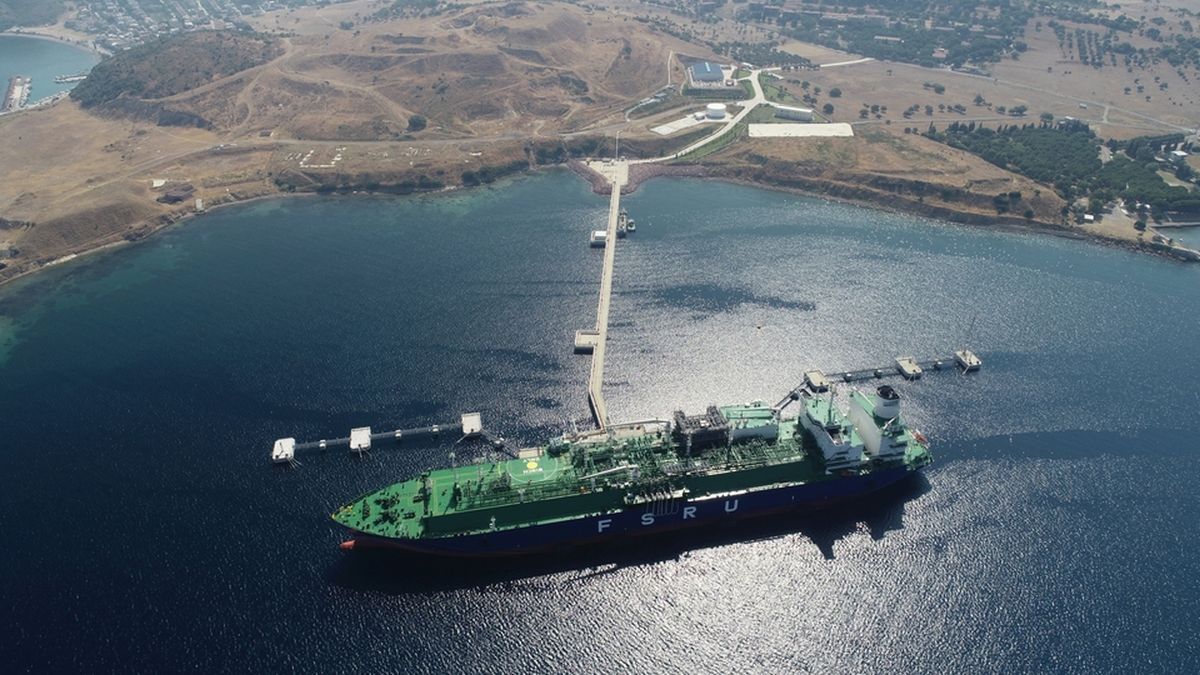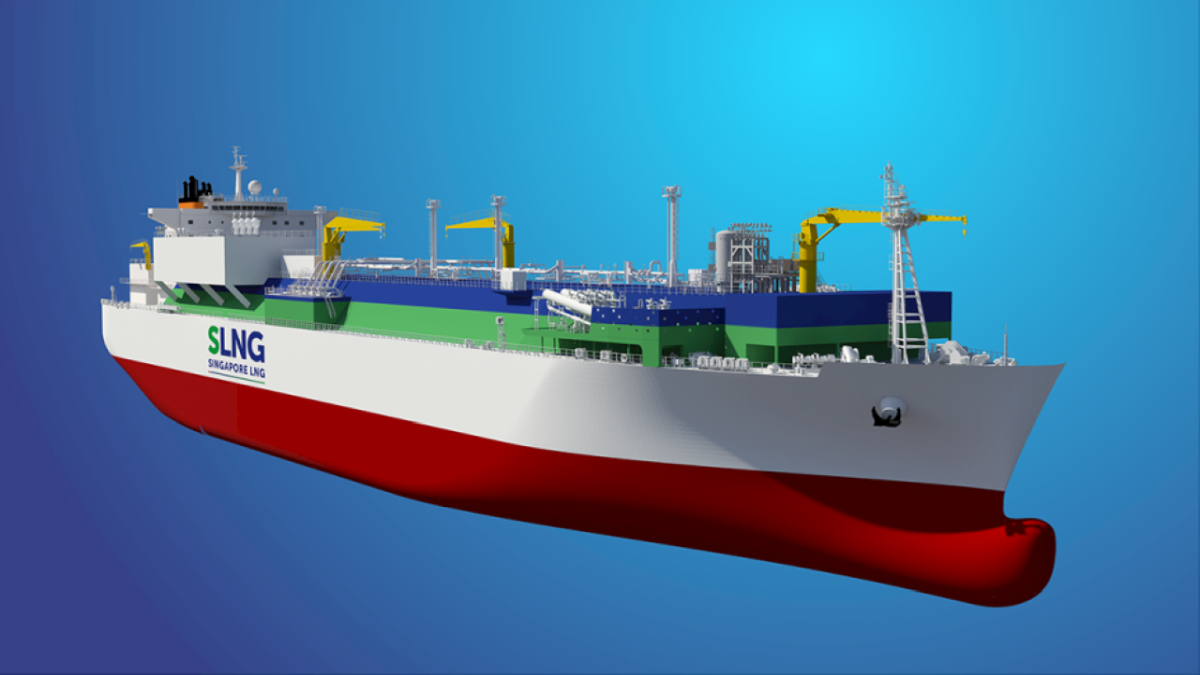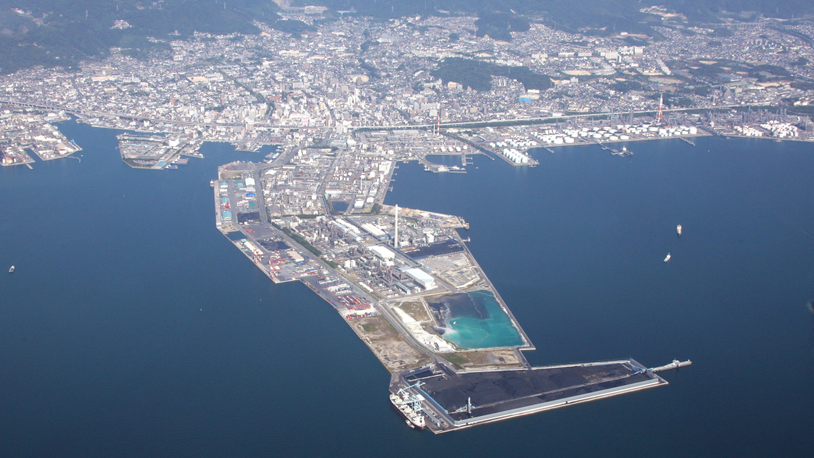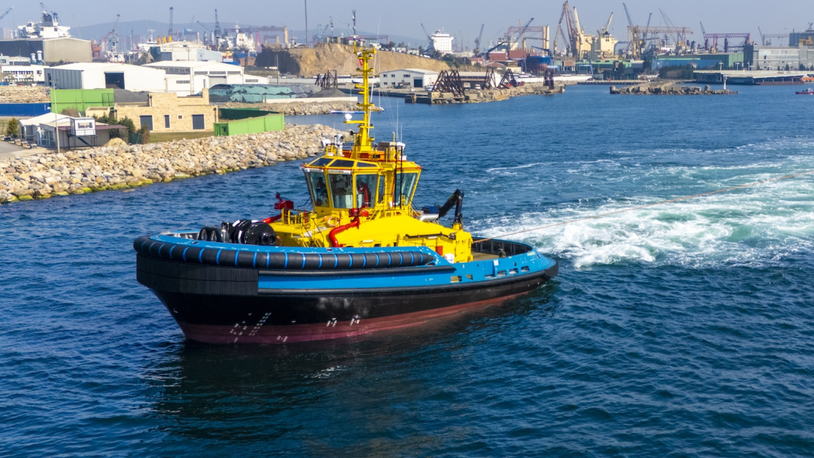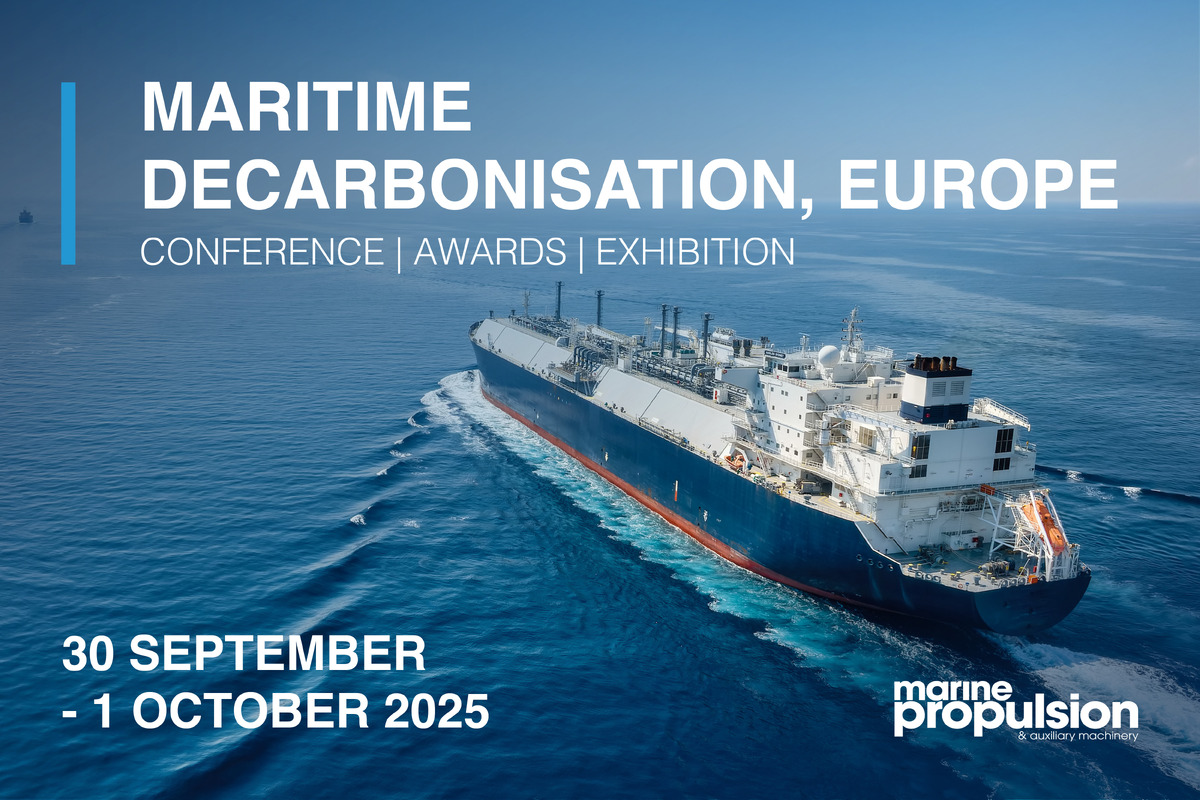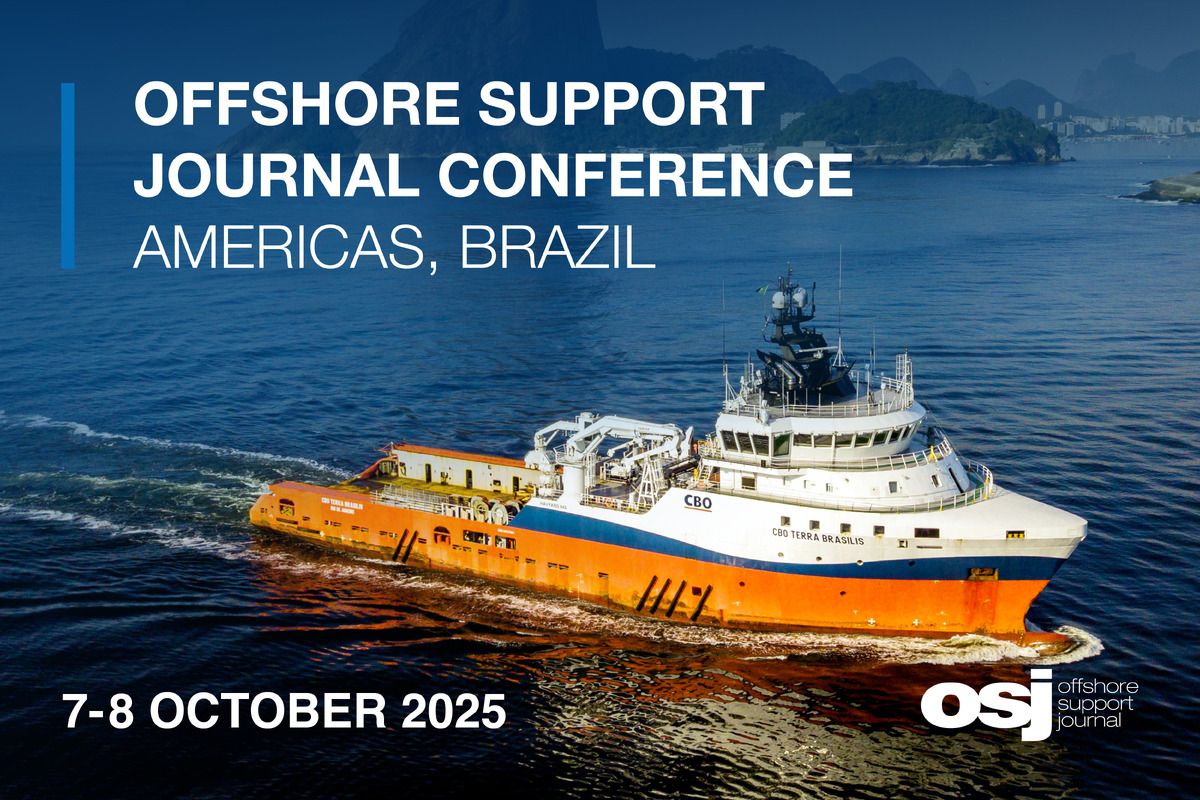Business Sectors
Contents
Register to read more articles.
Is your vessel fully protected from the dangers of poor-quality fuel?
VPS group commercial director, Steve Bee, warns of the potential increased risk of relying on a marine fuel standard that is almost 20 years old
As the global marine fuel mix grows, becoming more varied and consequently more complex in terms of fuel management, there is a potential increasing risk to vessels, crew and the environment from the possible impact of poor-quality fuels.
While shipping looks to decarbonise, transitioning to low- and zero-carbon fuels, such as biofuels and methanol, these fuels currently account for approximately 1% of the fuel mix. Traditional fossil fuels continue to satisfy the day-to-day demand, with almost 230M metric tonnes of marine fuels bunkered last year.
21 VPS Bunker Alerts released this year have highlighted quality issues with the three main fuel types of HSFO, VLSFO and MGO. These alerts show significant off-specifications for eight different test parameters, from 11 different locations across Europe, the Middle East, Asia and the Americas. This proves fuel quality issues can arise anywhere at any time, for any fuel type or test parameter.
“Vessels are purchasing fuel against a standard that is almost 20 years old”
In June 2024, the seventh revision of the marine fuel standard ISO8217 was released to the industry. Seen as a major step forward in terms of setting specifications for marine fuel quality, ISO8217:2024 has moved from two fuel specification tables to four. It now includes first-time specifications for VLSFO and ULSFO fuels containing 0.50% or 0.10% sulphur, respectively, plus biofuels containing FAME, HVO, GTL, BTL, and bio-components.
While ISO8217:2024 is an improvement on previous revisions of the standard, it still does not cover the potentially problematic issues of chemical contamination, cold-flow properties, microbial-growth, and wider bio-components such as cashew nut shell liquid (CNSL).
However, the industry has a very poor track record of purchasing fuel against the very latest revision of the ISO8217 standard. VPS, the world’s largest marine fuel quality testing company, still see 12.6% of samples received for quality testing being purchased against the 2005 revision of the standard. This means vessels are purchasing fuel against a standard that is almost 20 years old. That revision has since been replaced by four further revisions of the standard over the years and it bears very little relevance to today’s fuels. Therefore, these vessels are really operating at a significantly increased level of risk if they are relying on ISO8217:2005 to fully protect them.
In 2018, The Swedish Club independent report, Main Engine Damage highlighted how to avoid engine damage, including information showing the average cost of a single fuel management incident onboard a vessel was US$344,069. It also stated the average cost of a single lubrication failure was US$763,320.
In 2019, in the lead up to IMO 2020 and the reduction in the global sulphur cap to 0.50%, VPS foresaw potential quality issues with the new incoming VLSFO fuels. These fuels would be of higher paraffinic content, leading to poorer cold-flow behaviour, potential wax precipitation and major stability issues. VPS recognised that the ISO8217 standard did not provide sufficient protection to a vessel when using VLSFO, HSFO and MGO fuels.
As a result, VPS launched its Additional Protection service in 2020 offering the full ISO8217 test scope, plus several additional tests, in one package. In 2022, because of the incoming range of marine biofuels, VPS launched the APS-BIO packages.
*This is an abbreviated and edited version of Mr Bee’s article, originally published on vpsveritas.com.
Related to this Story
Events
Maritime & Offshore Community Golf Day 2025
Offshore Wind Webinar Week
Maritime Decarbonisation, Europe: Conference, Awards & Exhibition 2025
Offshore Support Journal Conference, Americas 2025
© 2024 Riviera Maritime Media Ltd.






